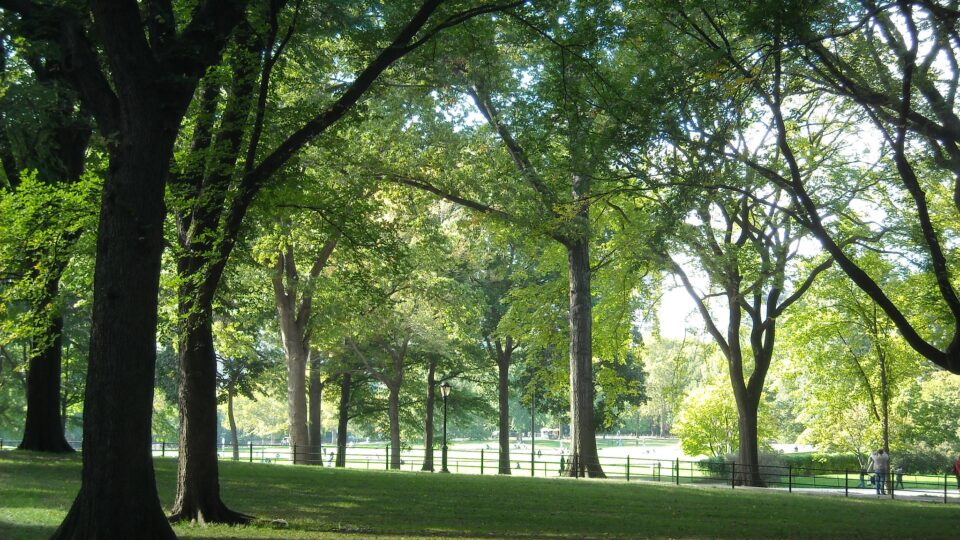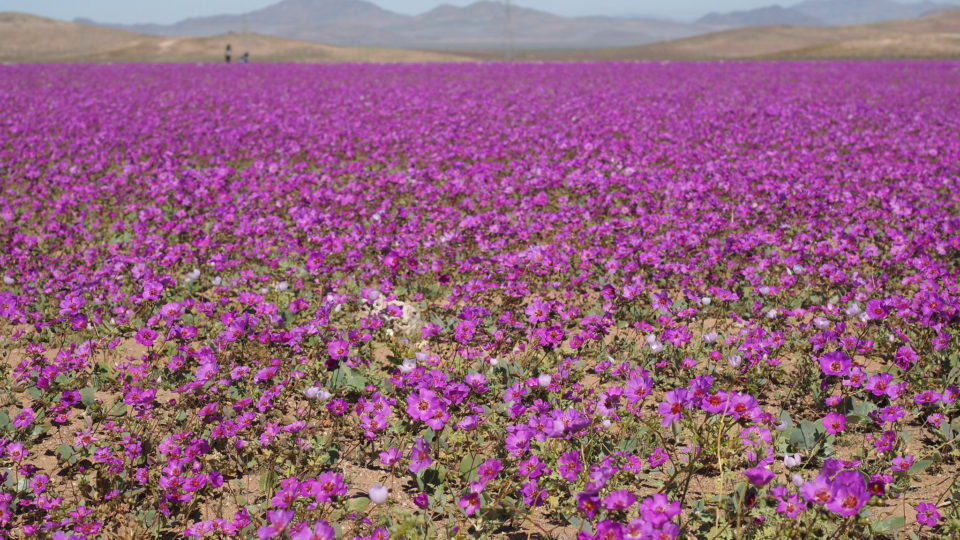According to the United Nations, more than half of the world’s population currently lives in cities. Projections show that the combination of urbanization and global population growth could add another 2.5 billion people to cities by 2050.
Unsurprisingly, cities are a major contributor to climate change. According to U.N. estimates, cities are responsible for 75% of global carbon dioxide emissions, with transportation and buildings being among the largest contributors.
According to a new study of vegetation across New York City and some adjoining urban areas, photosynthesis by trees and grasses on many summer days absorbs all the carbon emissions produced by cars, trucks and buses, and then some. In fact, on many summer days, the total carbon uptake in the region equaled up to 40% of a summer afternoon’s total emissions from all sources in the City. The results, which were recently published in the journal Environmental Research Letters, further highlights the critical importance of urban greenery.
Most previous studies have analyzed the carbon uptake of vegetation by looking at the contiguous tracts of green spaces, but this only comprises about 10% of metro areas. Using detailed aerial radar imagery of New York City that mapped vegetation in unprecedented 6-inch grids, the researchers were able to include the other 90% of the metro area typically left out in most models.
Since carbon uptake by vegetation only occurs during the growing season, green spaces in cities situated in warmer climates likely play a larger role in carbon uptake.
As city populations swell around the world, every bit of urban greenery is critical in the fight against climate change.
**********
Web Links
New York City’s greenery absorbs a surprising amount of its carbon emissions
68% of the world population projected to live in urban areas by 2050, says UN
Photo, posted October 5, 2009, courtesy of David Orban via Flickr.
Earth Wise is a production of WAMC Northeast Public Radio

